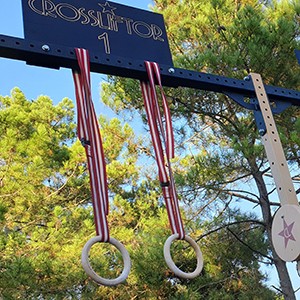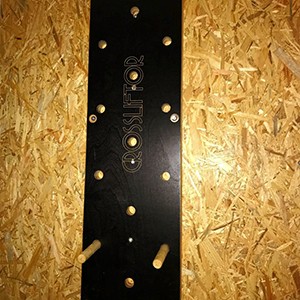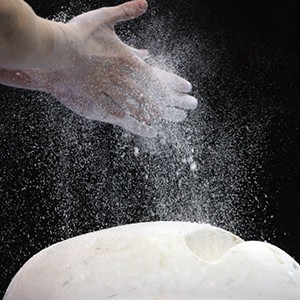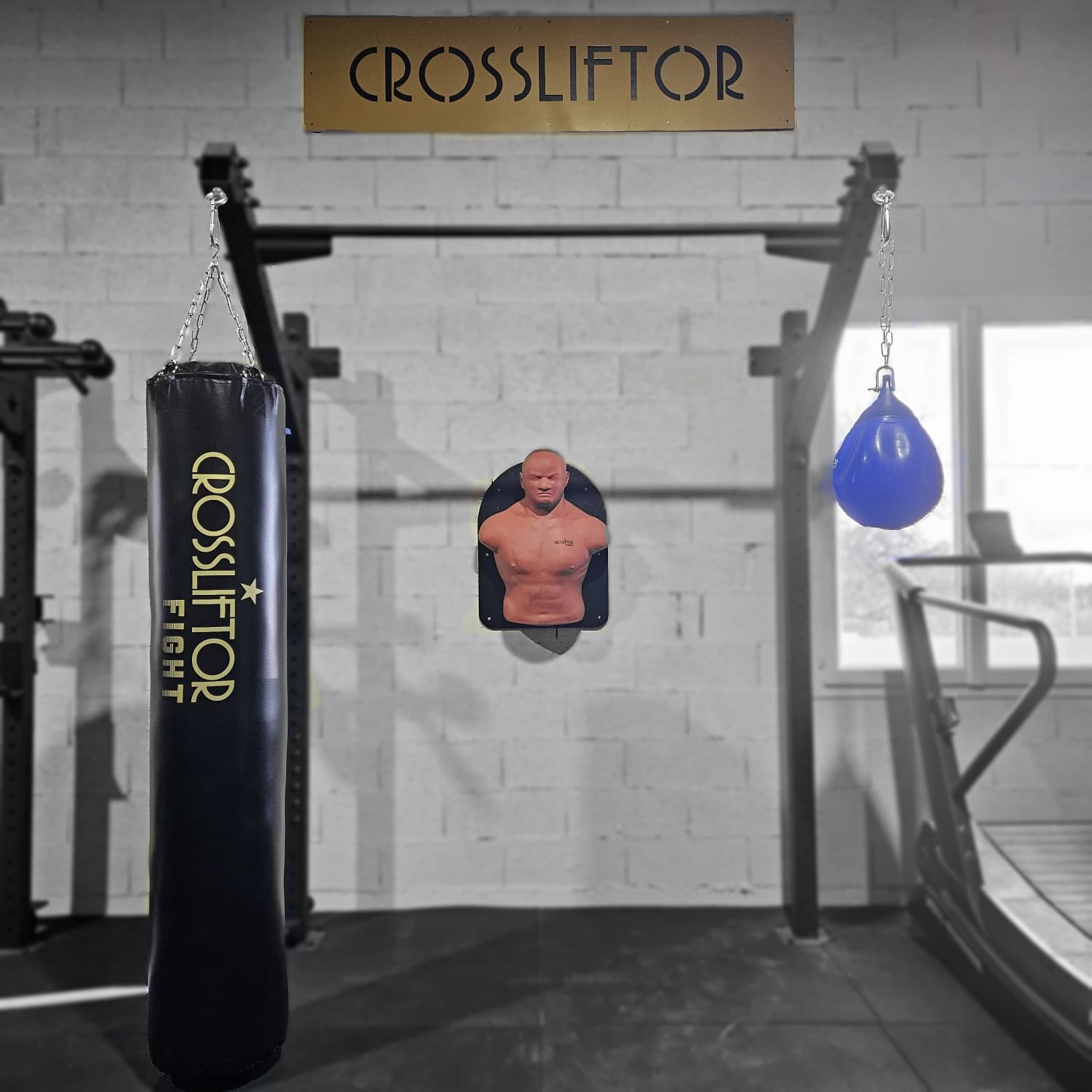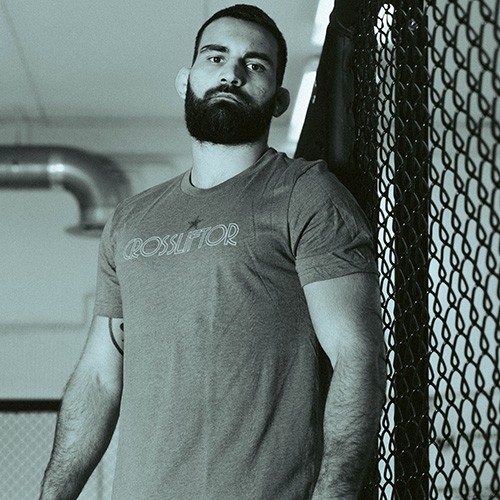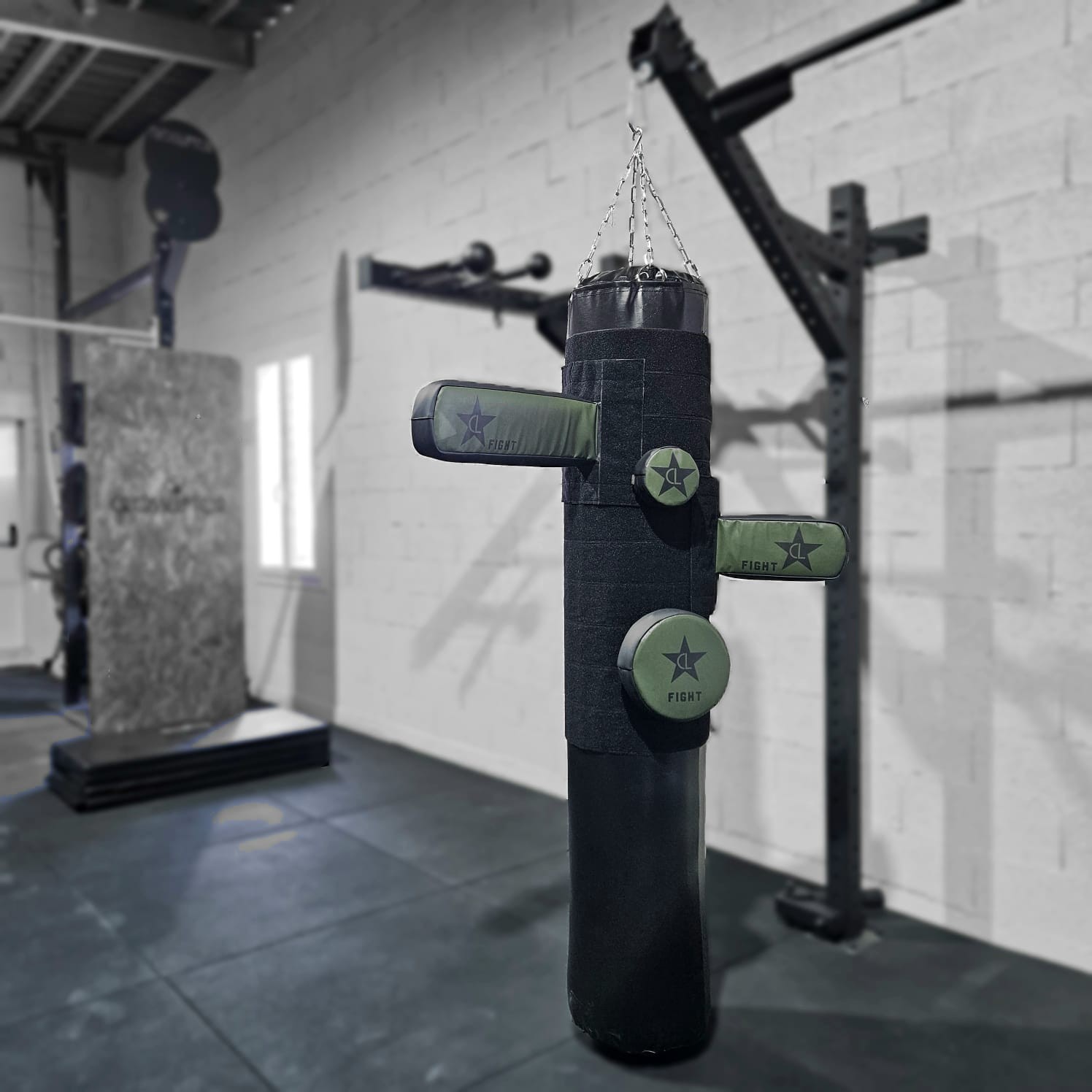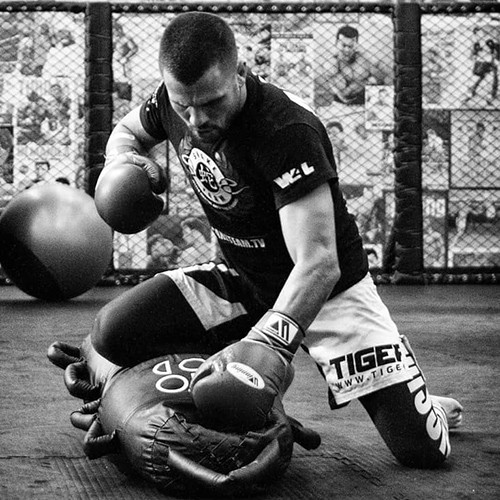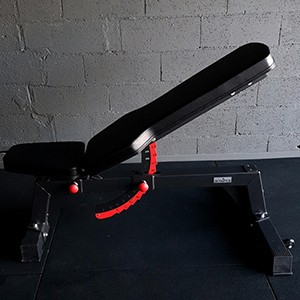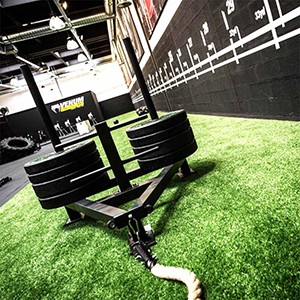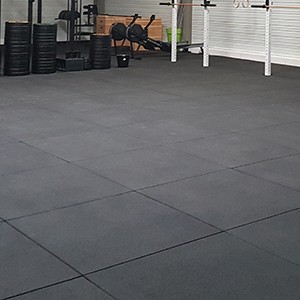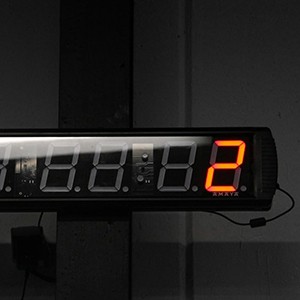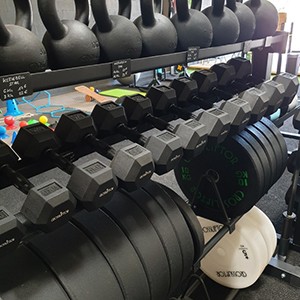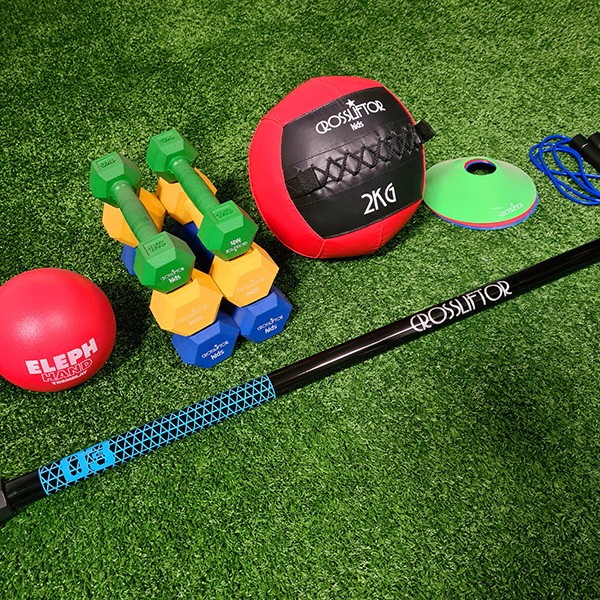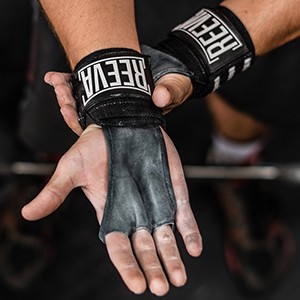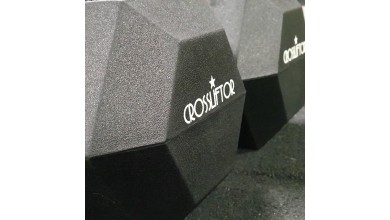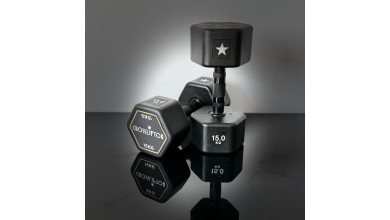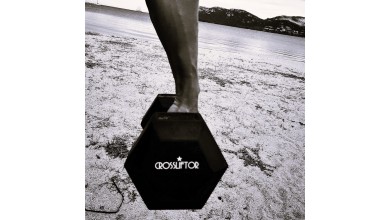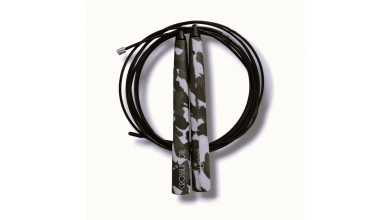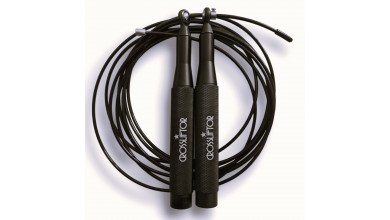How to Build Your Biceps with Dumbbells - Crossliftor
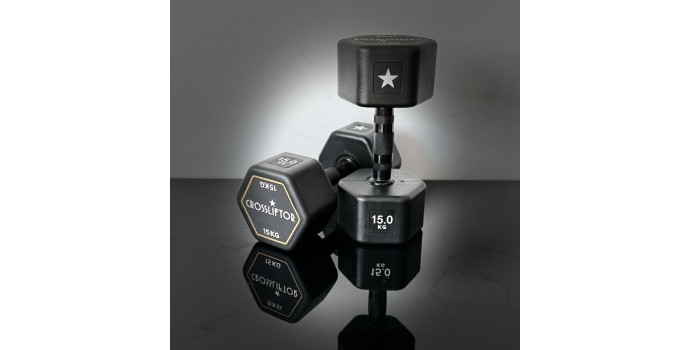
We don't know a single bodybuilder who doesn't love biceps training day! Naturally, this is the muscle that everyone targets, especially when you're just starting out. In the box, in the gym or at home, it's easy to work, especially if you've got a few dumbbells to hand.
Personally, we prefer to focus on the practicality of dumbbells, which can be used on their own or combined with a barbell and pulley in the best cases, to diversify the exercises over the course of your sessions. Discover our selection of exercises to build up your biceps with dumbbells.
The dumbbell biceps curl
Technique
The dumbbell biceps curl involves several muscles, including the anterior-superior part of the arm ( biceps brachii) and the anterior-inferior part (brachialis anterior). In addition to these muscles, the forearm and abdominal muscles (to a lesser extent) work to ensure trunk stability during the movement.
Here's how to perform a biceps curl with dumbbells:
- Stand with a dumbbell in each hand, ensuring that your feet are flat, hip-width apart. Hold
- each dumbbell firmly, then, as you exhale, with your arm straight out to either side of your body, bend your elbows so that each dumbbell is against your shoulder.
- As you inhale, return to the initial posture.
Our tips
For a clean curl, be sure to inhale in the starting position and exhale as your biceps contract. Unlock your knees and keep your back straight, self-expanding at spinal level throughout the exercise. Finally, keep your arms close to your chest for greater efficiency. If you lift your elbows away from your ribs, you'll tend to swing, which will limit the engagement of the targeted muscles and, if you're loading heavy, is not good. Favour slow movements and stay focused.
Incline curl with dumbbells
Technique
Considered a variation on the standing biceps curl, the incline dumbbell curl is an exercise that primarily muscles the forearms and anterior brachialis. To include this movement in your workout without fear of injury, here are the posture guidelines to follow:
- Tilt a bench to around 45° (roughly, say, half the set height) before lying down on it, holding a dumbbell firmly in each hand. The best way to avoid injury is to sit with the dumbbells resting on your knees.
- When you tilt your torso to lie down, bring your knees up at the same time to accompany the dumbbells and position your arms.
- With your feet flat, anchored to the ground and your back against the support, bend your elbows so that each dumbbell is pointing towards your shoulder.
- Slowly lower the dumbbells to the starting position. When you've finished, you have two options. You can either place them on the floor or rest them on your knees, tilting your body in the opposite direction. This will only be necessary when you have a "heavy" load.
Our tips
The inclined curl is performed with your hands in supination (wrists facing you) and your elbows immobile in both flexion and extension. The forearms drive the movement, maximizing biceps contraction while protecting shoulder engagement. Start by orienting the support at an angle of between 30° and 45°, as the steeper the bench, the more complex the exercise. Head off the ground, chin forward and gaze forward.
Hammer grip curl
Technique
The hammer grip curl is an exercise that adds extra volume to the biceps, complementing the previous exercises. It also muscles the long supinator and strengthens the upper body. It's often said that this exercise helps to "thicken" the face of your biceps. Here's how to position yourself:
- Standing, palms facing inwards, take the equipment in each hand as for a classic curl.
- The only difference is that your dumbbells should be vertical to the floor (parallel to your body).
- Without rotating, bend your elbows to bring the equipment towards each shoulder.
- Return to the initial position, ensuring that the biceps are in full extension.
- You can perform this movement simultaneously on either side, or alternate.
Our tips
During repetitions, remember to keep your back straight and your abdominal muscles tucked in. The movement is performed dynamically on the way up and slowly on the way down, so there's no need to perform sets too quickly, as this won't improve the effectiveness of the exercise. You're anchored to the ground, and exhale with each biceps contraction.
Bench Curl
Technique
The Curl sur banc or curl pupitre is chosen to effectively strengthen the biceps without upper-body compensation. This movement engages the brachialis anterior, the long supinator and the pronator arch. This position allows you toisolate the muscle as much as possible.
- Palms supinated, take a dumbbell in each hand.
- Place the upper arm (shoulder to elbow) on the support. Bend
- the elbow towards the shoulder, so that the forearm reaches a vertical position.
- Return to the starting position, until the arm is almost straight and the biceps is stretched.
Our tips
Inhale as you lower the dumbbell and exhale as you raise it. Be careful not to turn your wrists during the exercise; they should remain in line with your forearms. Keep your arm glued to the support at the risk of weakening your shoulders, and always maintain a slight flexion of the elbow during the extensor movement (especially for athletes prone to tendonitis).
Dumbbell bicep curl
Technique
The biceps curl with dumbbell exercises the arm muscles, in particular the biceps and by extension the triceps, and strengthens the abdominal girdle and back muscles. To do this, place yourself in curl position, i.e. legs hip-width apart, shoulders low and back straight. With a dumbbell held firmly in each hand, bend the forearms, elbows perpendicular to the body, and hold for 45 seconds. Alternate with 15 seconds' rest between each repetition. You can also do this in TABATA.
Our tips
The bicep curl is an ideal way to finish off a bodybuilding workout. In this isolation movement, the biceps should be under tension, without engaging the shoulders. The back is straight, abdominals contracted and heels flat on the floor. A variation using a rubber band is also possible.
How to work biceps with dumbbells: our FAQ
Whatever dumbbell biceps exercises you choose to include in your bodybuilding routine, it's essential to consider certain key tips that ensure you avoid the risk of injury and stimulate the development of your mass effectively. These include warming up the whole body, both from a muscular and joint point of view, and using light loads, to be increased as you progress in your training. Make sure you've mastered the position of an exercise before multiplying the number of repetitions. Heavy loads are useless unless you have mastered the exercise. The truth is, it takes time for your brain to make the nervous connection and for the workout to be effective. Stay focused, breathe deeply and build up gradually. The best thing is to be accompanied by a coach at the start, or for longer depending on your objectives.
What's the best dumbbell exercise for biceps?
No one movement is preferable to another, so there's really no one best exercise for dumbbell biceps or any other. Your training will depend on your sporting preferences and your own goals. For beginners, it's advisable to master the dumbbell biceps curl before trying out other movements.
How do I work on biceps curl with dumbbells?
There's no magic formula for improving muscle thickness, or the visible width of the face! You need to combine several targeted exercises (such as the incline curl or hammer grip), vary the load, number of sets and repetitions. Add to this a sufficient intake of protein for your body between each session, and a respected rest period, to accumulate workouts without fatigue or injury. It's often said that the hammer grip curl is the perfect exercise for building biceps thickness.
How can I get stronger arms?
Greater arm strength means shedding body fat and building muscle. To achieve this, regularly adapt the weight of the loads and the number of sets. Be rigorous during your sessions and aim for a healthy, balanced lifestyle! In general, strength-building exercises are performed in shorter series, with loads closer to your maximum weight. When you're a beginner, don't try to target so much, do your exercises progressively and take the time to learn. You've got no one to impress!
Weights for building biceps with dumbbells
- For beginners: from 1 kg to 4 kg for women / from 8 kg to 12 kg for men
- For intermediates: from 4 kg to 7 kg for female athletes and from 12 kg to 20 kg for male athletes.
- For advanced users: from 7 kg and over for women and from 20 kg and over for men.
The load and weight you use to build up your biceps with dumbbells will vary according to your level of comfort and strength. As always, work at your own pace, and feel is essential. In general, a good weight is one that allows you to finish just short of muscle failure on the last repetition.
Are there any dumbbell biceps exercises specifically for women?
There are no specific movements or dumbbell biceps exercises for women, as your muscular work will also vary according to your physical level, personal preferences and sporting objectives. Every woman is capable of performing the same work as a man in the gym, with loads that will generally vary in each practice according to level.
An example of a dumbbell biceps workout
There are lots of them, there's no single best session, and you can follow the advice of your coaches or other online videos, but here's an example if you're doing a split, i.e. one muscle per day (approximately). This session is full biceps:
1. Curl standing: 3 sets of 10 repetitions, 1' rest.
2. Curl inclined: 3 x 12, 1'30 rest.
3. Hammer curl: 4 x 8, 1' rest.
4. Curl on bench: 3 x 10, 1'30 rest.
5. Biceps curl 45sec/15sec, 4 sets.
For more information and to help you get started in the gym in the best possible conditions, we recommend that you call on the expertise of a coach. Depending on your physical condition, strengths and weaknesses, he or she will be able to design a personalized program and guide you step by step in mastering each posture.

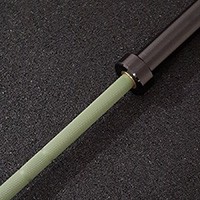
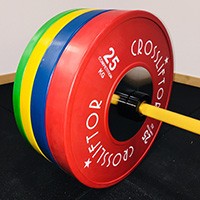
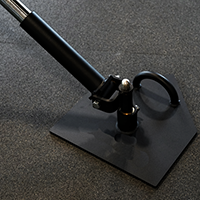
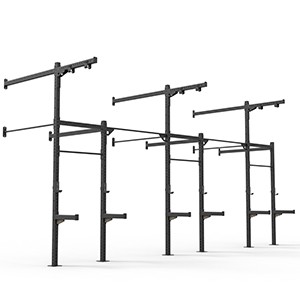
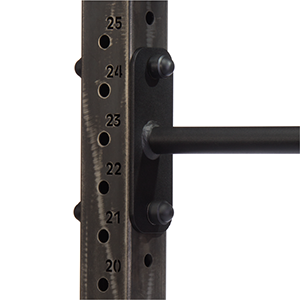
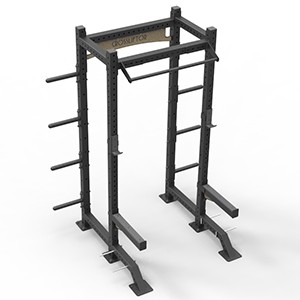
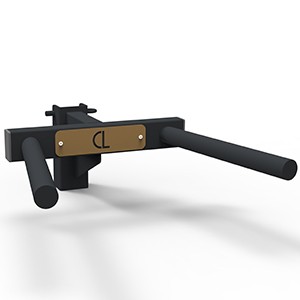
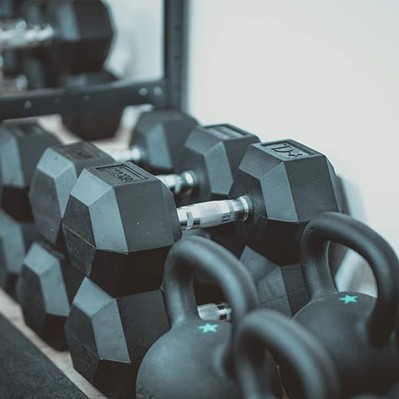
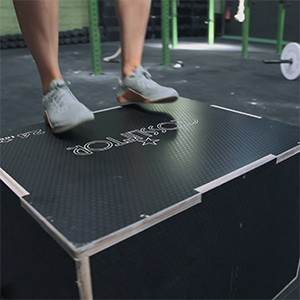
 (1).jpg)
